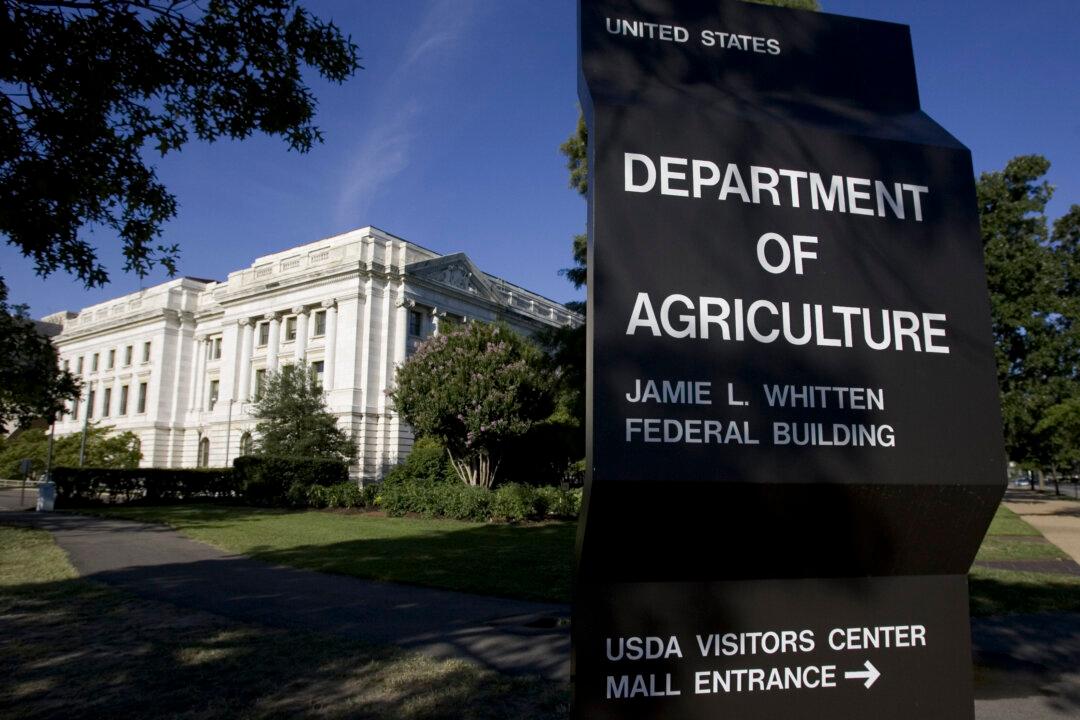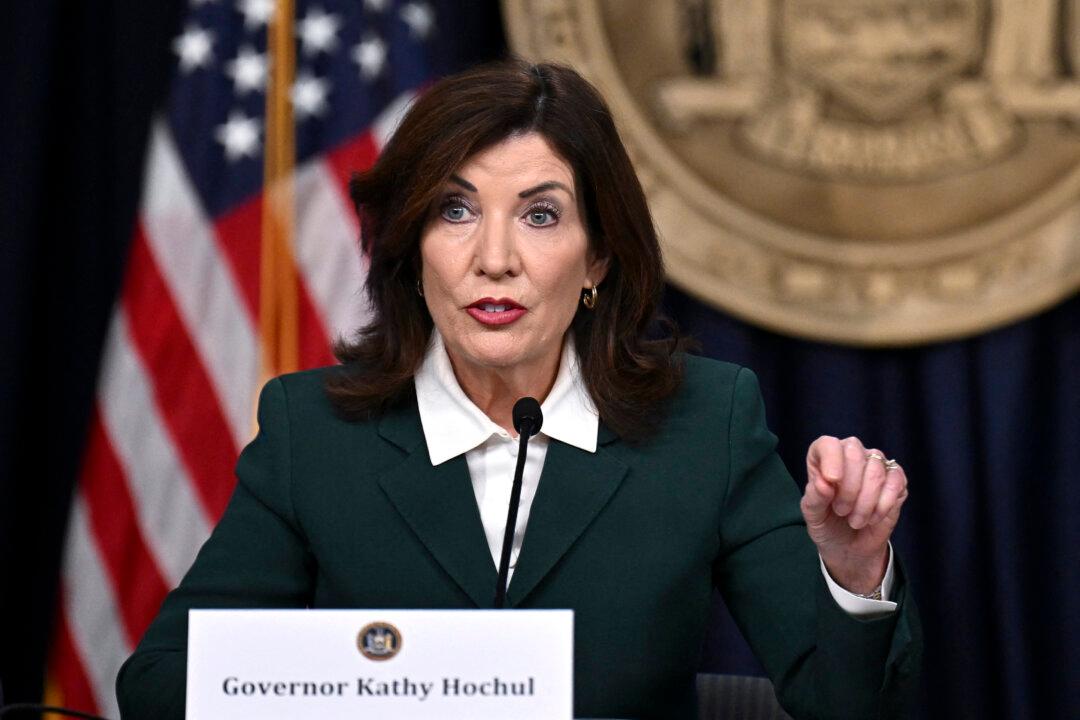The U.S. Department of Agriculture (USDA) on Nov. 7 partnered with the Education Department to expand college students’ access to a federal program aimed at providing food assistance to low-income families.
The departments signed a joint agreement to raise awareness of the Supplemental Nutrition Assistance Program (SNAP) among college students and ensure eligible students have access to SNAP benefits.
These students include dependent students who were unable to access SNAP benefits because they did not live with their parents while in college, according to the GAO report.
The departments said that low-income students will receive emails informing them of their potential eligibility for SNAP benefits, along with details about the program’s rules and how to apply for it.
The departments will also work with colleges to provide students with clear guidance on the program’s requirements and application processes, according to the statement.
To qualify for SNAP, college students must meet the program’s income limits and eligibility criteria, such as enrolling in a work-study program and working at least 20 hours per week, or being a single parent.
Of those, 2.2 million students reported having “very low” food security, meaning they reported multiple instances of eating less or skipping meals due to financial constraints, the report stated.
The rule, set to take effect in the 2027-2028 school year, will cover students from families with income below 185 percent of the federal poverty guidelines, which is equivalent to $57,720 for a family of four.
By law, students eligible for reduced-price meals cannot be charged more than $0.30 for breakfast and $0.40 for lunch.
The USDA said some families paid more than that amount due to processing fees when depositing money into their student’s school meal account online.







